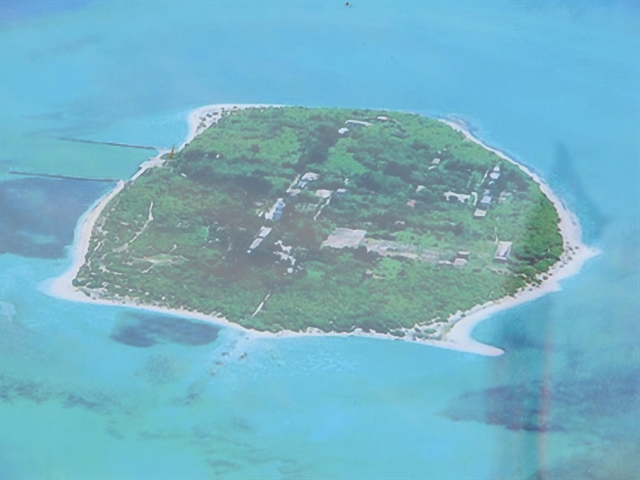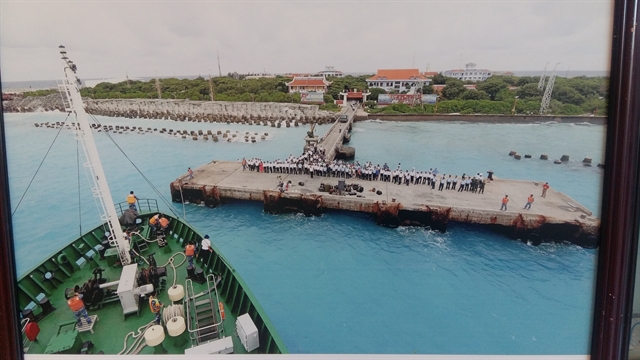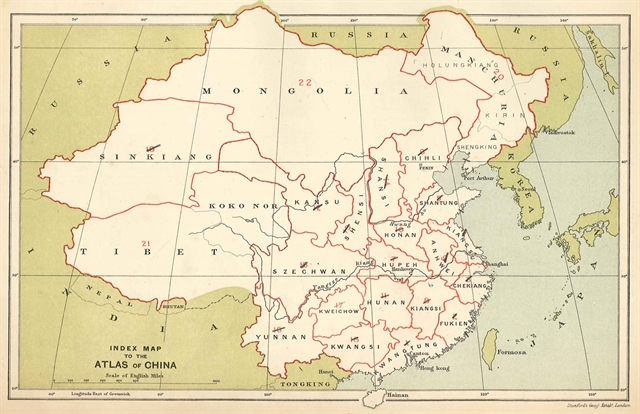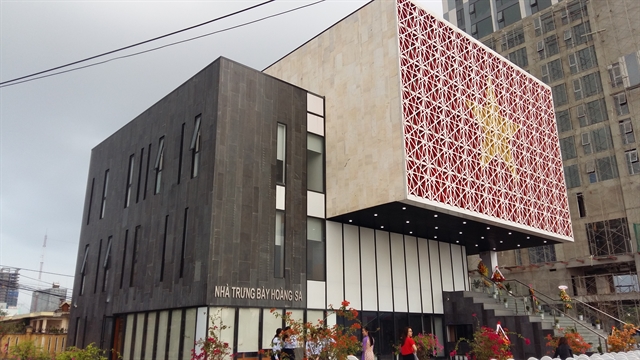 Politics & Law
Politics & Law


|
| A photo of Hoàng Sa (Paracel) Islands of Việt Nam is on display at the Hoàng Sa Museum in Đà Nẵng. — VNS Photo Công Thành |
ĐÀ NẴNG — The People’s Committee of the Hoàng Sa (Paracel) Islands District in Đà Nẵng strongly protested China’s decision to establish the so-called Xisha and Nansha districts to administer over Việt Nam’s Hoàng Sa (Paracel) and Trường Sa (Spratly) islands.
Chairman of the Hoàng Sa District Võ Ngọc Đồng made an official statement on Sunday evening, saying the protest was stated at the city’s People's Council on the Chinese State Council’s decision to set up the two administrative regions under so-called Sansha City in Hainan Province from 2021.

|
| A photo shows a port on the Trường Sa (Spratly) Archipelago of Việt Nam. — VNA/VNS Photo |
The statement clearly reaffirmed Việt Nam was the first and the only country to have long ago exploited, occupied and established sovereignty on the two archipelagos.
It said: “The Islands' District People’s Committee asked China to abolish the decisions and stop all illegal activities on the two islands of Việt Nam.”
Đà Nẵng had included the Hoàng Sa (Paracel) islands in the city’s Master Plan for 2030-50.

|
| An old map indicates the frontier of Southern China is Hainan Island. — VNS Photo Công Thành |
The Islands District’s Hoàng Sa Museum preserves a collection of 150 maps published between 1618-1859 and 1626-1908. Of which, many show evidence that the Paracel and Spratly archipelagos belong to Việt Nam, and 102 books published in English, German, French, Spanish, Italian, Dutch and the Hán (Chinese script) show the frontier of Southern China is Hainan Island.
Two Postal Atlas Map of China books which were published by the Directorate General of Posts, Ministry of Transportation of the Republic of China in 1919 (consisting of 49 maps) and in 1933 (29 maps) and one Atlas of the Chinese Empire, published by the China Inland Mission in 1909 (23 maps) have been preserved by the district. None of the three books list the Paracels and Spratlys in the maps and index pages.

|
| An old map clearly shows Hoàng Sa (Paracel) and Trường Sa (Spratly) Archipelagos are not part of China. — VNS Photo Công Thành |
The district also displays a shipwreck in the museum’s front yard. The vessel was rammed by a Chinese boat in Vietnamese waters off the Hoàng Sa Archipelago in 2014.

|
| An ancient map indicates two archipelagos of Hoàng Sa (Paracel) and Trường Sa (Spratly) belong to Việt Nam. — VNS Photo Công Thành |
Currently, 12 people who lived, worked and fought for the archipelago from 1959-1974 are still alive in the city.
The Hoàng Sa Islands were illegally seized by Chinese forces on January 19, 1974.
In 2017, American-Vietnamese collector, Trần Thắng, donated to Hoàng Sa Island District the Pattie De La Conchinchine, an 1827 map printed in the six-volume World Atlas by late Belgian cartographer Phillippe Vandermaelen.

|
| Museum of Hoàng Sa in Đà Nẵng City preserves many old documents and maps of Việt Nam's sovereignty over the Hoàng Sa (Paracel) and Trường Sa (Spratly) Archipelagos. — VNS Photo Công Thành |
The Pattie De La Conchinchine map indicated the central region was part of Annam (a French protectorate encompassing the central region of Việt Nam) and Hoàng Sa (Paracels) was under the sovereignty of Việt Nam from at least the 19th century onwards.
Many records of the royal Nguyễn Dynasty (1802-45); six written in Hán (Chinese script) and 14 documents from the French colonial period, state that Hoàng Sa (Paracel) and Trường Sa (Spratly) belong to Việt Nam. — VNS


 (1).JPG)

